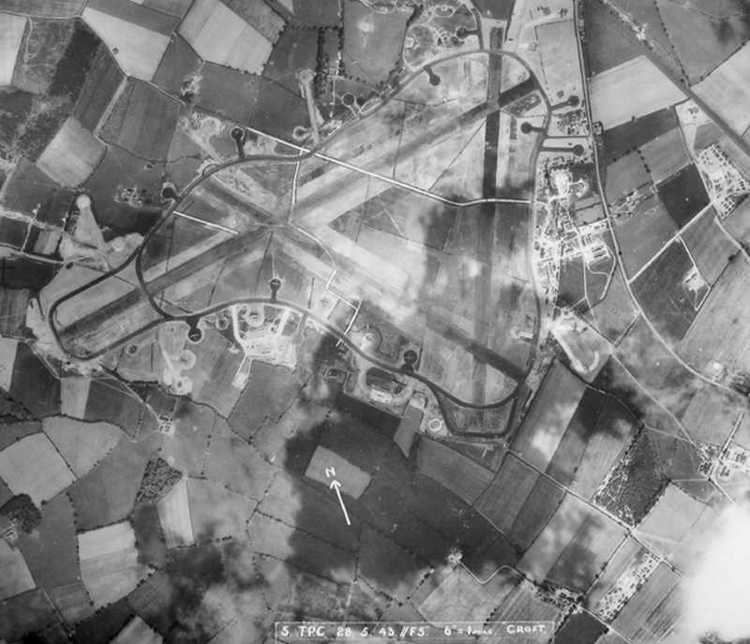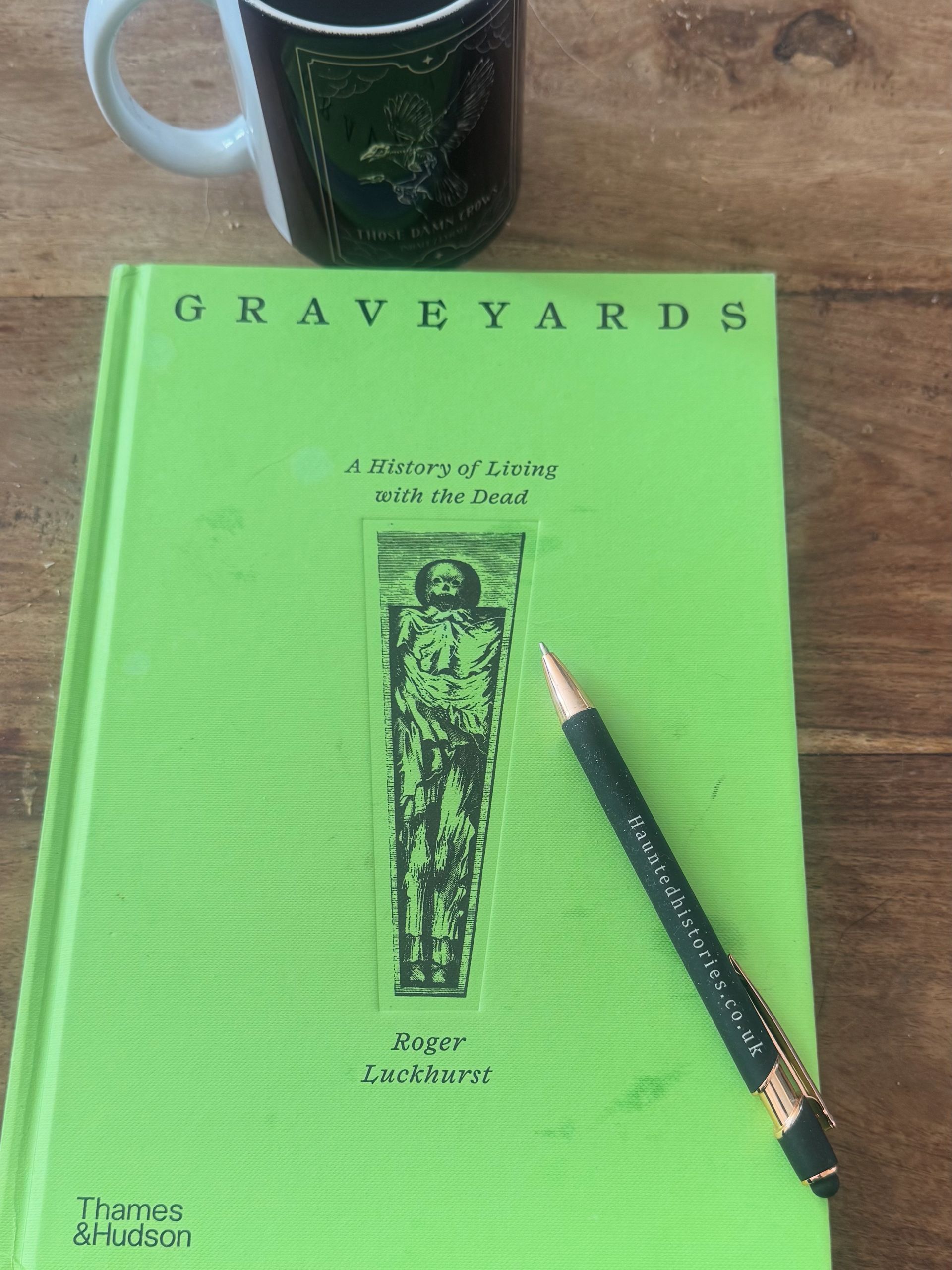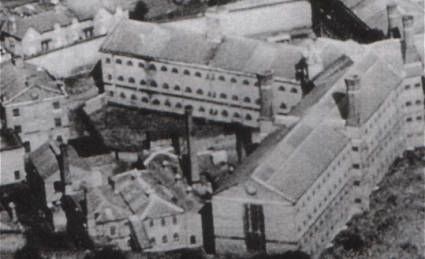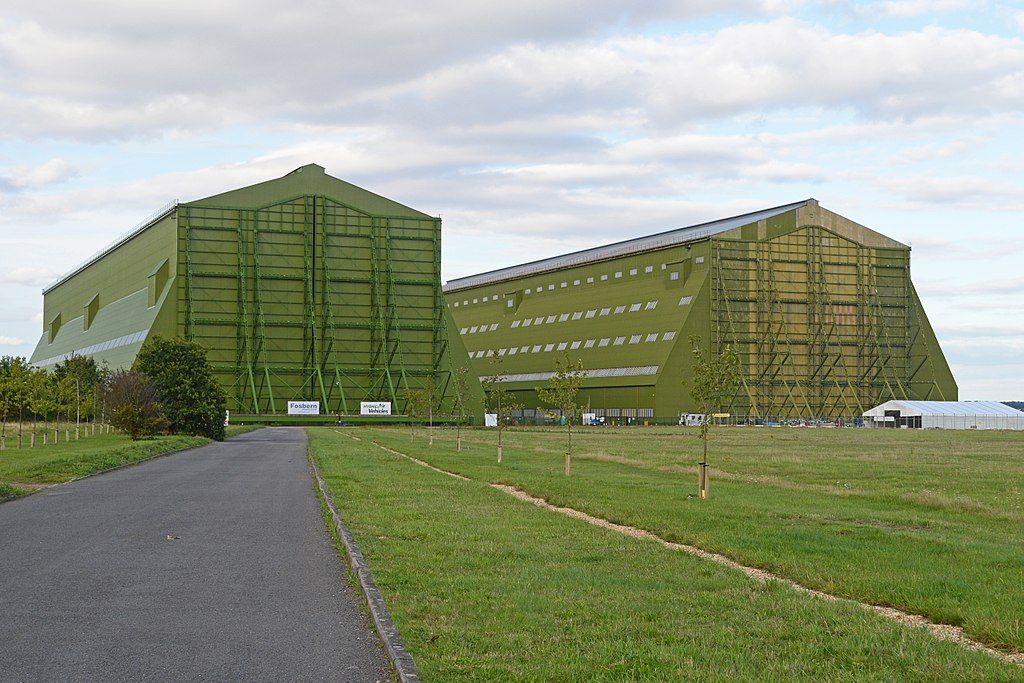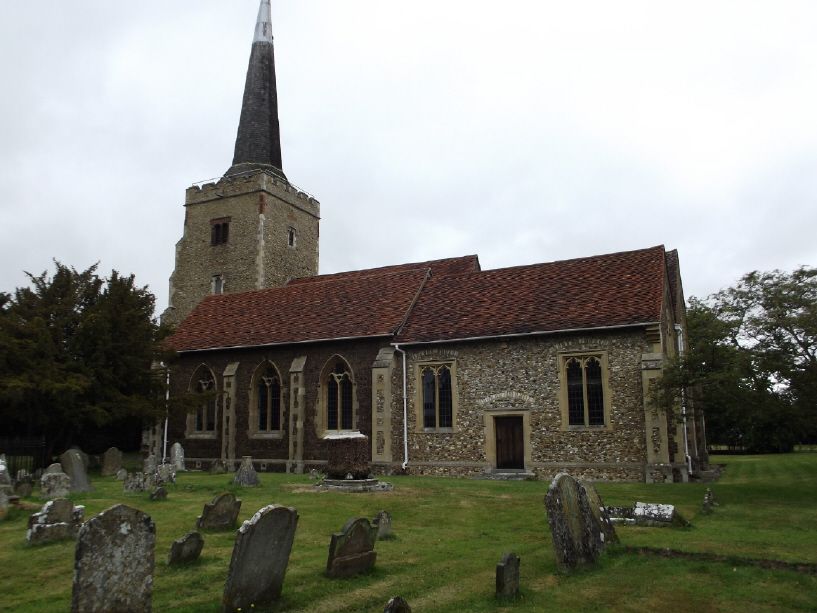Canada and Nuclear War
Ok, so a slightly overly dramatic title but I bet it made you want to keep reading did it not? As a child in the 70’s and 80’s, I remember the fear of nuclear war and being made to watch the warning videos of what to do in the event of…although I am still not sure what benefit there would be of a wet towel around your head, or hiding in a cupboard with nothing but the stairs and a mattress above you for protection. The Cold War is not something that many people talk about, whether that reason is the fact it is still relatively recent or if for many of the younger generation, it seems something of a fairy tale, this threat of mutually assured destruction.
Or is it because it is a permanent spectre hanging over us?
The whole design and use of nuclear bunkers have fascinated me for years, the fact that there are many still sequestered underneath official buildings, hidden in the wilds or even still operational on military bases is absolutely fascinating and I love learning about new ones.
I am sure those of you who specialise in the subject, or are even from Ontario in Canada will know of this one, but it caught my attention, the Diefenbunker.
This particular construct is in Carp, Ontario and was one of fifty bunkers commissioned by the Canadian Prime Minister John Diefenbaker in 1957 as a response to the threat of nuclear war. These were to enable the continued running of a country via these regional bunkers (very similar to the system in the UK of which places like Drakelow and Kelvedon Hatch were part). The Central Emergency Government HQ Carp was to be the largest and the nearest to Ottawa. They began building in 1959, finishing in 1961 and containing four storeys over one hundred thousand square foot, construction used thirty two thousand tonnes of concrete and five thousand tonnes of steel.
People like to give things nicknames, an irreverent moniker if you will, and like the forts of Lord Palmerston were known as “Palmerston’s follies” in the UK, these bunkers were coined Diefenbunkers in Canada.
It had staffing levels of between one hundred and one hundred and fifty, with a twenty four hour shift, but to anyone observing, it would look like nothing more than a low level military establishment…despite the secrets it held below the surface. That number was only a fifth of what it designed to cater for however, plans included being able to house over five hundred with a constant supply of food to cope with a thirty day lockdown was in place. I would guess that not many people would look at the innocuous warehouse type building and think “oh yes, there’s four floors of technology and nuclear know how down there”.
Life and the Prime Minister were not the only “valuables” it was going to contain, like in WW2 in the UK when various valuables were placed in secret parts of the London Underground, the Diefenbunker had a purpose built strong room to hold the gold reserves that belonged to the Bank of Canada. The security system was pretty spectacular, not only would you have to know the code for the thirteen tonne blast door into the giant safe, there was a second air controlled entrance which you needed also.
The bunker was decommissioned in 1994, and a few years later turned into a museum.
I know most of us will never get the opportunity to visit these piece of Cold War history, but pop along to their website and you can at least have a look at the virtual tour https://diefenbunker.ca/virtual-tours/
